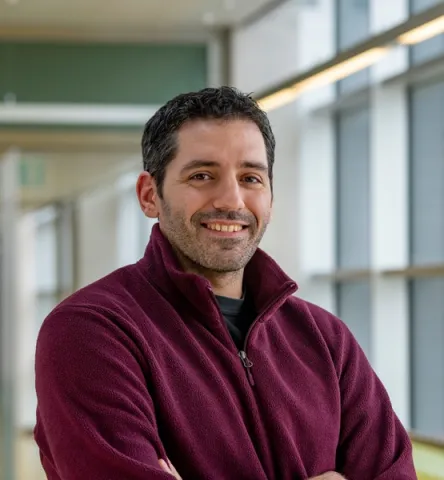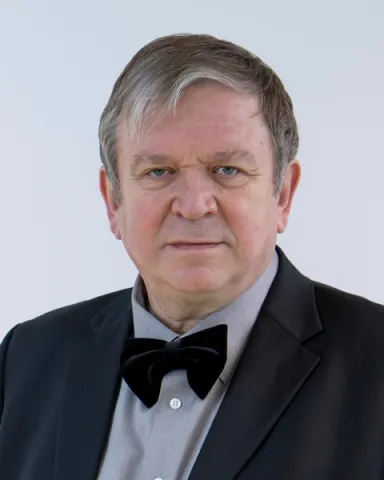About the project
This project will advance optics and electromagnetism in the first radically new direction to emerge since Hertz, Marconi, Popov and Tesla originally developed technology for generating, detecting, and communicating with transverse electromagnetic waves. It will study the generation, propagation and interaction with matter of “Flying Toroids” - a new type of light pulses.
Our Research Group
You will join a strong international team of students, postdoctoral and academic staff working together on aspects of cutting-edge nanophotonics research – seeking to understand, control and utilize light and light-matter interactions at the sub-wavelengths scale. A remarkable range of new phenomena is found in this regime, with wide-ranging potential applications in, for example, telecommunications, metrology, sensing, defence, super-resolution imaging, and data storage.
Our work is supported by major nanophotonics research grants from the EPSRC (£5.5M) and the European Research Council (€2.6M).
You will have opportunity to develop advanced skills in experimental photonics, computational electromagnetic modelling, application of machine learning and AI, electron and optical microscopy, and nanofabrication.
It is expected that students will publish several papers in leading academic journals and present their work at major international conferences, as their research progresses.
For further information see ORC Nanophotonics & Metamaterials Group.
The Optoelectronics Research Centre
The ORC is a world-leading photonics research organization. With over 90 state-of-the-art laboratories and a diverse community of around 200 researchers working in all areas of optics and photonics, it provides an outstanding interdisciplinary environment for students to grow.
Our extensive training programme provides knowledge and skills through photonics lectures, training for report writing, project management, time management, presentation skills and full safety training for your research area. These are all essential life skills for the next step in your career.
For further information see our PhD opportunities.
You will join a strong international team of students, postdoctoral and academic staff working together on aspects of cutting-edge nanophotonics research – seeking to understand, control and utilize light and light-matter interactions at the sub-wavelengths scale. A remarkable range of new phenomena is found in this regime, with wide-ranging potential applications in, for example, telecommunications, metrology, sensing, defence, super-resolution imaging, and data storage.

